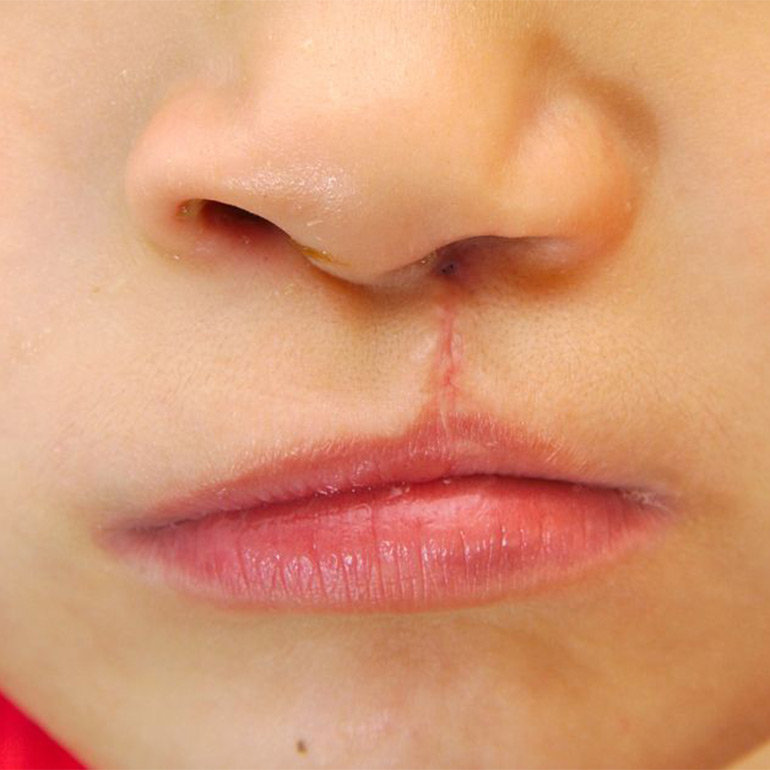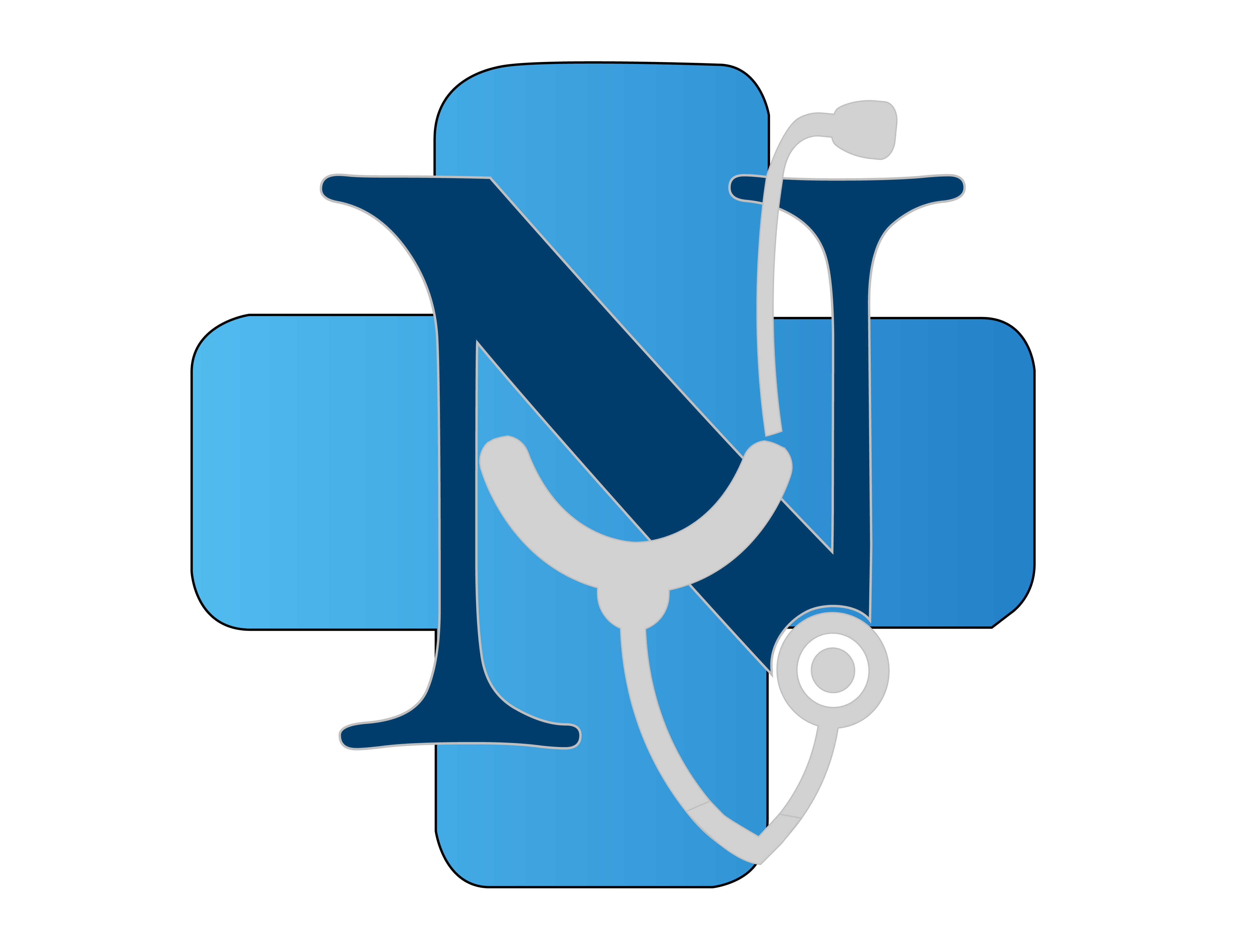
Expert Cleft Lip & Palate Care
Cleft lip and palate are common congenital conditions that affect facial development and require specialized surgical correction. Our board-certified plastic surgeon specializes in comprehensive treatment of these conditions, helping restore normal appearance, speech, and feeding function. Using advanced surgical techniques, we create natural-looking results that significantly improve quality of life.
We understand the emotional and physical challenges faced by families dealing with cleft conditions. Our compassionate approach includes thorough evaluation, staged surgical planning, and long-term follow-up care. Whether treating infants, children, or adults, we provide personalized care to ensure the best possible outcomes. Contact us today to learn about treatment options and timing for cleft correction.
Comprehensive Cleft Treatment Approach
At our practice, we take a multidisciplinary approach to cleft care, addressing both the aesthetic and functional aspects of these conditions. Our comprehensive treatment plan is tailored to each patient's unique needs and may involve multiple procedures over several years to achieve optimal results.
- Expert surgical correction of both lip and palate defects
- Age-appropriate treatment planning from infancy through adulthood
- Coordination with speech therapists, dentists, and other specialists
- Focus on both functional improvement and aesthetic outcomes
- Long-term follow-up care and secondary procedures if needed
Treatment Timeline & Procedures
Cleft treatment typically occurs in stages, with each procedure timed to support normal development and address specific needs at appropriate ages.
Early Procedures (0-18 months)
- Cleft lip repair: 3-6 months
- Cleft palate repair: 9-18 months
- Ear tube placement if needed
- Feeding support and management
- Initial dental evaluation
Later Procedures (2-18 years)
- Speech-enhancing procedures: 2-5 years
- Alveolar bone grafting: 6-12 years
- Orthodontic treatment: 7-18 years
- Rhinoplasty (nose correction): Teen years
- Orthognathic surgery (jaw): Late teens
Benefits of Cleft Repair
Comprehensive cleft treatment provides significant improvements in multiple areas of development and quality of life.
Functional Improvements
- Normalized feeding and nutrition
- Improved speech development
- Proper dental alignment
- Normal hearing function
- Healthy sinus development
Aesthetic & Psychological Benefits
- Normal facial appearance
- Improved self-esteem
- Reduced social stigma
- Better social integration
- Enhanced quality of life
Frequently asked questions
Understanding Cleft Treatment
Cleft lip repair is typically performed at 3-6 months of age, while cleft palate repair is usually done between 9-18 months. These timelines allow for adequate growth while addressing functional needs early. The exact timing depends on the child's health, weight, and the specific nature of the cleft. Early intervention helps support normal feeding, speech development, and facial growth.
Yes, adults with untreated or inadequately treated cleft conditions can still benefit from surgery. While optimal results are achieved with early childhood treatment, adult cleft surgery can significantly improve speech, facial appearance, and dental function. Procedures may include palate repair, rhinoplasty, jaw surgery, and scar revision. We evaluate each adult patient individually to create a personalized treatment plan.
Complete cleft treatment typically involves multiple procedures over several years. Most children require 2-5 surgeries by age 18, including initial lip and palate repairs, possible speech surgery, alveolar bone grafting, and often rhinoplasty. Some may need orthognathic (jaw) surgery in late adolescence. The exact number depends on the severity of the cleft and individual healing responses. We develop long-term treatment plans that minimize the number of procedures while maximizing outcomes.
Cleft surgery has a high success rate, with most patients achieving excellent functional and aesthetic outcomes. Primary cleft lip repair success exceeds 95%, and palate repair successfully restores normal speech in 80-90% of cases when combined with proper therapy. Success depends on the cleft's severity, surgical technique, and postoperative care. We use advanced techniques that have proven successful in restoring normal appearance and function, with most patients achieving significant improvement in quality of life.
